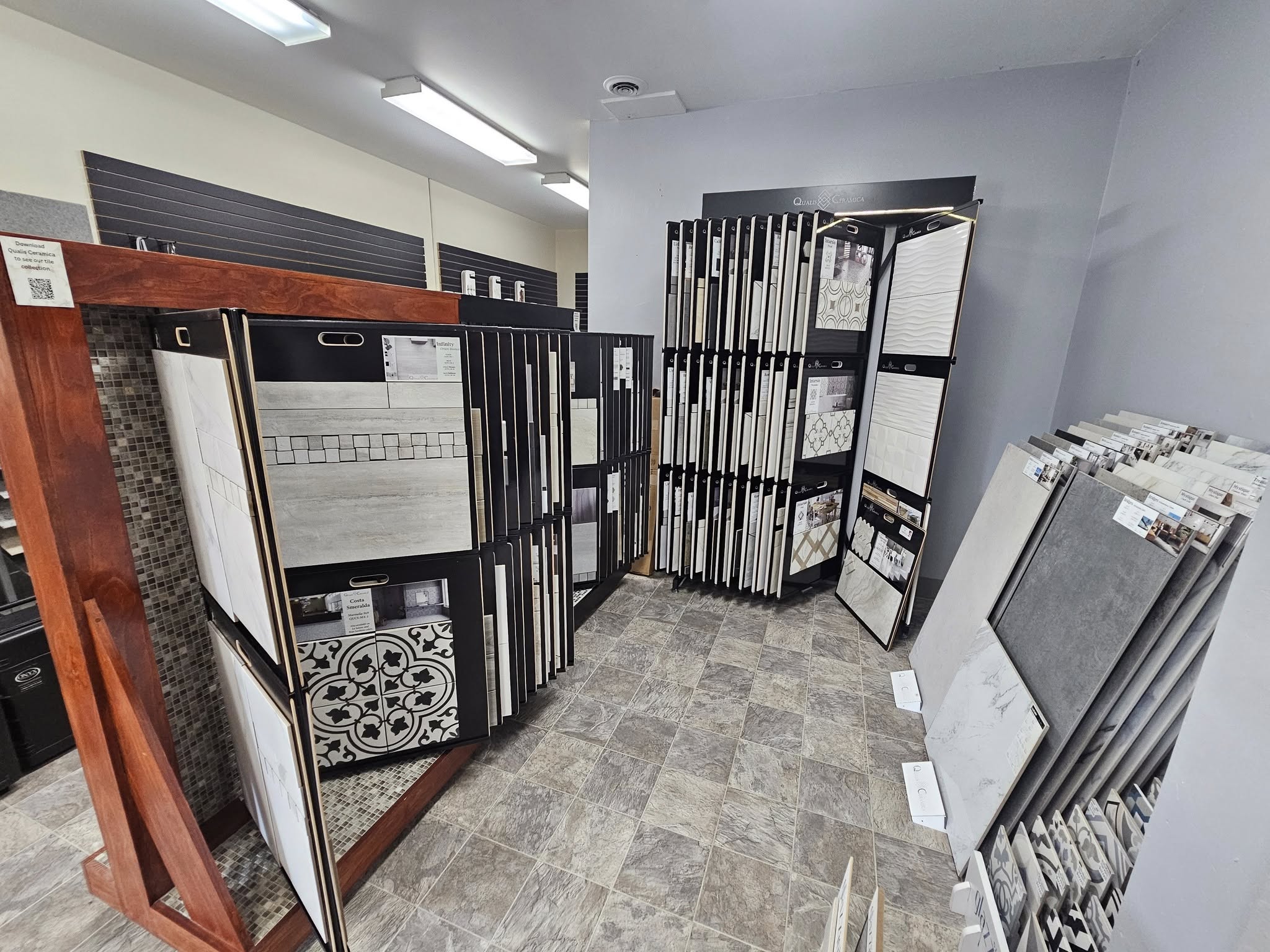
The Art of Mixing and Matching: How to Combine Flooring Styles in Your Home Nov 10, 2025
First and foremost, consider your home's architectural style and existing color schemes. When mixing and matching flooring, consistency is key to avoiding a disjointed look. For instance, if you have a traditional home, consider staying within a palette of rich woods and classic tiles. For contemporary spaces, modern materials like sleek laminates or polished concrete might work well. Aligning your flooring with your home’s overall design creates a cohesive look that feels intentional.
Next, think about your lifestyle and the function of each room. High-traffic areas, such as hallways and kitchens, require durable materials that can withstand daily wear and tear. Materials like ceramic tile or vinyl are excellent choices here. Conversely, rooms like bedrooms and living spaces benefit from the warmth of hardwood or the comfort of carpeting. By tailoring flooring materials to the specific needs of each area, you ensure both practicality and style.
One innovative way to play with flooring is to use different materials to delineate spaces within an open floor plan. For example, you might pair hardwood floors in your living area with ceramic tiles in the kitchen. This not only helps to visually separate spaces but also provides practical benefits, such as easier cleaning in food preparation areas. A gradual transition between materials, such as using a border tile where wood meets tile, can offer a smooth transition that highlights each area’s unique characteristics.
Color and texture also play significant roles in mixing flooring styles. To maintain visual harmony, try to keep a consistent color palette or tone across different materials. If you’re mixing wood tones, subtle variations like a light oak with a slightly darker walnut can add interest without clashing. Additionally, pay attention to texture. Combining smooth surfaces, like polished stone, with softer materials, like plush carpet, can create a pleasing textural balance.
If you're feeling adventurous and want to make a statement, consider incorporating patterned tiles or bold colors. Unique flooring can act as a focal point, sparking conversation and adding character to a room. Just be sure to balance bold choices with more neutral, discreet flooring in adjacent areas to prevent overwhelm.
It's also wise to consult with flooring experts. At Our Family Flooring, we provide guidance to ensure that your choices not only look outstanding but perform beautifully over time. Our experts help in choosing materials that are not only visually appealing but also durable and appropriate for your home’s climate and wear conditions.
In conclusion, combining flooring styles in your home is not just about mixing materials; it's an art form that enhances your living environment. By considering the design aesthetic, functionality, color, and texture, you can create a unique and harmonious home. Visit Our Family Flooring for expert advice and a wide selection of flooring options that will inspire your creativity and complement your style. Your perfect floor is just the beginning of crafting a home you'll love for years to come.
/filters:no_upscale()/media/fc31f214-ab01-49d9-bf5b-199d4fdba089.jpeg)